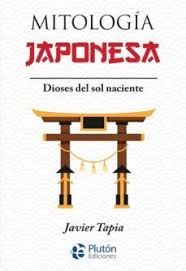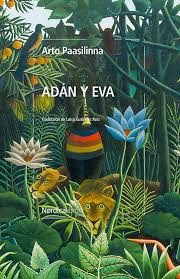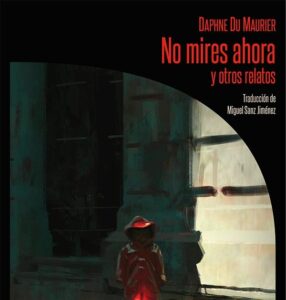
Original Language: castellano
Year of publication: 2022
Valoración: Read
Having an expert in whatever is great, of course, but has its risks, because if one decides to approach these subjects, it runs the risk of being ridiculous, not already before an anonymous reader, but before the colleague himself, which is something a little more humilant. Speaking of Japan, we have Alain here, which in these things I understand that he is very put, so, with his benevolence, I will allow myself to comment on this book around Japanese culture, which is the field that is, beyond the title.
The truth is that if I had investigated a little before and I would have seen the respectable list of titles signed by Javier Tapia, I would surely have given up: you just have to take a look to contemplate books, surely similar to this, on Hindu, Mayan, Greek, Viking or Celtic mythology, without forgetting some other on vampires, on Lovecraft or around some roughness. Too much amplitude, too much assembly chain aspect. But anyway.
As expected for a better informed reader, the book effectively has a informative tone, let’s say relaxed, aimed at those who seem enough with some brushstrokes about that Japanese culture of which you may know something about the geishas, the samurais, the photo of the temple on Mount Fuji or some popular anime. That is the right perspective because it is exactly what the book offers.
Let’s say there is an initial part that fits more to what the title promises, presenting the couple of more powerful gods, I do not know if original or the first one in pairsIzanagi and Izanami, masculine the first, of more winning air, female the second, condemned to the underworld because of some betrayal that I do not remember. With them, the goddess of Sol Amatrasu, I think that daughter of Izanagi, is the third deity of a huge pantheon full of smaller divinities almost of all kinds. But apparently the most defining characteristic of Japanese mythology is precisely that multiplicity of entities or spirits that somehow populate everything, the kami, little less than infinite, and the yokai, rather demons, some of them playful and fashioned. From there to think of such frequent characters in the sleeves there is only one step.
The penetration of Shintoism with its syncretic character has much to do with the adoption of assimilated supernatural entities of different cultures and creeds which, from another point of view, makes myology a kind of pantheism closely linked to nature. And all this in turn melts with properly cultural aspects that sometimes have remote historical roots and that have survived thanks to the isolation of the country until quite recent times. Thus, the book makes room for figures of origin not very clear, such as the samurais or the ninja, the yakuza or the Kabuki theater, things that may sound more to the western reader and whose appearance is making clear the disseminating will of the text.
Although adorned with some very historical details and some brief traditional stories (some frankly beautiful, it must box.
In spite of everything, and although sometimes we surprise us or even give a little anger to admit it, almost from any book something is always learned. And I have to recognize that also of this.
PS: What would not be my surprise when it is very little, taking a walk through the mountain, I am written in a wooden fence the name of Amaterasu. There are not many options: or my culture around the Japanese is much lower than the average, or someone has just read the same book as me, or perhaps there is for example some musical group that has adopted such venerable denomination.
Source: https://unlibroaldia.blogspot.com/2025/07/javier-tapia-mitologia-japonesa.html


